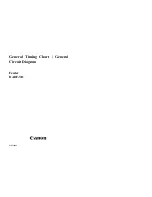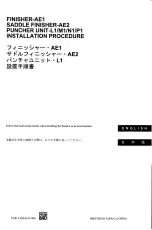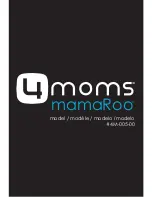
BT72i Relative Humidity Sensor User’s Guide
|
3
All data in %
15
°
C
20
°
C
25
°
C
30
°
C
35
°
C
Lithium Bromide
6.86
6.61
6.37
6.16
5.97
Lithium Chloride
11.3
11.31
11.3
11.28
11.25
Potassium Acetate
23.40
23.11
22.51
21.61
–
Magnesium Chloride
33.3
33.07
32.78
32.44
32.05
Potassium Carbonate
43.15
43.16
43.16
43.17
–
Magnesium Nitrate
55.87
54.38
52.89
51.4
49.91
Potassium Iodine
70.98
69.90
68.86
67.89
66.96
Sodium Chloride
75.61
75.47
75.29
75.09
74.87
Ammonium Sulphate
81.70
81.34
80.99
80.63
80.27
Potassium Chloride
85.92
85.11
84.34
83.62
82.95
Potassium Nitrate
95.41
94.62
93.58
92.31
90.79
Calibration procedure:
•
Place about 3 cm of saturated salt solution in a glass container that is
approximately 10 cm high
2
. The air above the solution will have a fixed humidity.
•
Place the humidity sensor in the container. The sensor must be suspended in the
saturated air above the salt solution. Do not get the salt or salt solution on the
sensor.
•
Seal the container. It takes some time (2 to 6 hours) for the air inside the sensor to
reach the proper relative humidity level.
•
Determine the first calibration point. Take the relative humidity for the salt you
used as determined from the table.
•
Repeat above procedure for the second calibration point using a different
saturated salt solution. Be sure to allow enough time for the sensor to adjust for
the change in humidity.
Suggested experiments
The Relative Humidity sensor can be used to measure relative humidity in air as part
of a weather station, or to:
•
study transpiration rates of plants by monitoring relative humidity in sealed jars
containing plants,
•
optimize conditions in a greenhouse or terrarium,
•
determine good days for static electric demonstrations.
2
If you do not have a saturated salt solution you can place a handful of salt on the bottom of a
glass container and add a little water to the container so that the salt is wet. The goal is to end up
with wet salt, not to totally dissolve the salt. Accuracy of such measurement is ±10 RH.






















